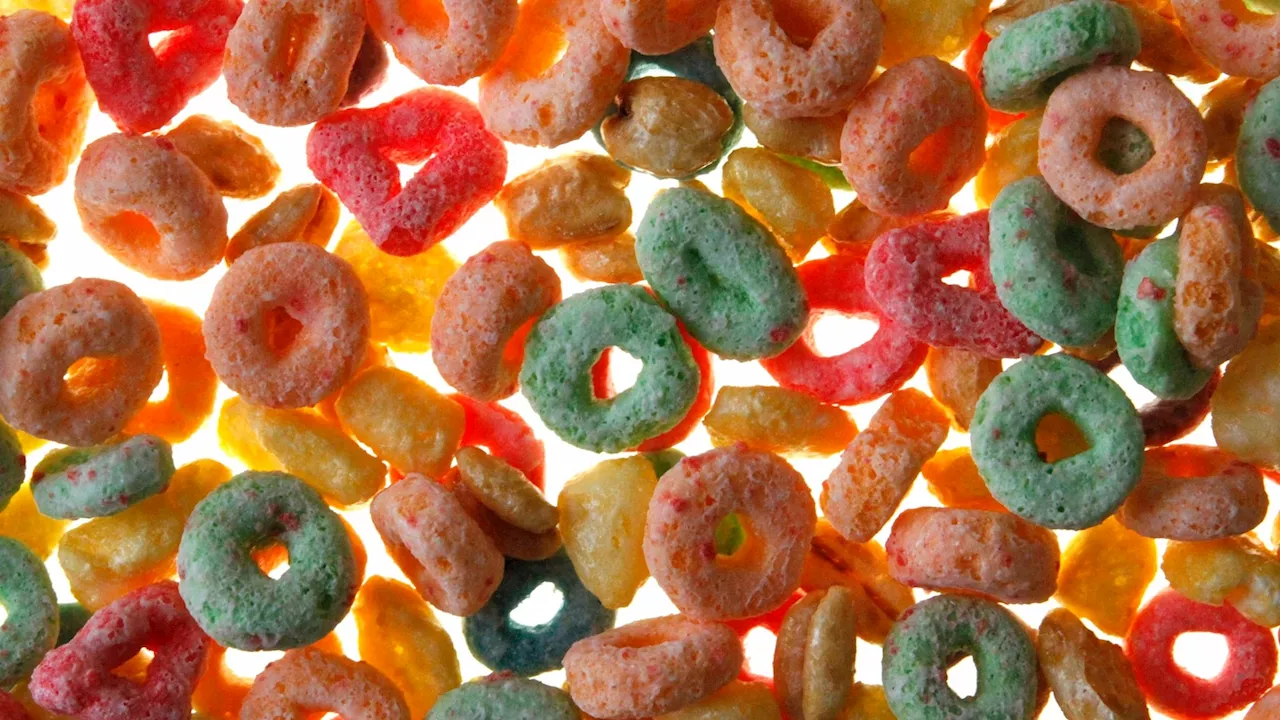The U.S. Food and Drug Administration (FDA) has banned the artificial food dye Red 3, also known as erythrosine, citing cancer risks found in lab rats. Manufacturers have until 2027 to remove the dye from most products, and 2028 for ingested drugs. The FDA emphasizes that the way Red 3 causes cancer in rats doesn't apply to humans, but the decision reflects growing concerns about the safety of artificial dyes.
Health officials banned the artificial food color known as Red 3 from the U.S. food supply in January, citing a federal statute and cancer risks in lab rats. The agency said it was taking the action because studies found that the dye, also known as erythrosine, caused cancer in lab rats. A federal statute requires the FDA to ban any additive found to cause cancer in animals, though officials stressed that the way Red 3 leads to cancer in rats doesn’t happen in people.
As their use is questioned by experts and consumers, here’s what you need to know: Synthetic dyes are petroleum-based chemicals that don’t occur in nature. They’re widely used in foods to “enhance the visual appeal” of products, according to Sensient Food Colors, a St. Louis-based supplier of food colors and flavorings. Nine dyes, including Red 3, have been allowed in U.S. food. The other common color additives in food are Blue 1, Blue 2, Green 3, Red 40, Yellow 5 and Yellow 6. Two permitted colors are used more rarely: Citrus Red 2 and Orange B.With the FDA's recent order on Red 3, manufacturers have until January 2027 to remove the dye from their products. Makers of ingested drugs like cough syrups have until January 2028. Consumer advocates, including the Center for Science in the Public Interest, had long lobbied to ban Red 3 from food because of the rat-cancer link. The dye was prohibited for decades in cosmetics, but not in food or ingested medications. Other research has tied artificial colors to behavioral problems in some children, including hyperactivity and impulsivity, particularly for those at risk for attention deficit hyperactivity disorder, or ADHD. “Artificial colors are not the main cause of ADHD, but they may contribute significantly to some cases,” said Dr. L. Eugene Arnold, an emeritus psychiatry professor at Ohio State University who studied dyes and their effect on behavior and now advises CHADD, a support group for people with ADHD.the effects of color additives on children’s behavior. It says its scientists believe that most children suffer no adverse effects when consuming them, though it acknowledges some children may be sensitive to them. About two-thirds of Americans favor restricting or reformulating processed foods to remove ingredients like added sugar or dyes, according to a recent AP-NORC poll.Last year, California became the first state to ban six artificial food dyes from food served in public schools. More than a dozen state legislatures may take up bills this year that would ban synthetic dyes in foods, either for school lunches or in any setting. In October,, recently confirmed as the U.S. secretary of health and human services, campaigned on a promise to “Make America Healthy Again,” including a focus on artificial dyes and other chemicals in food. His support has been buoyed by “MAHA moms,” women on social media calling for an end to artificial ingredients and ultraprocessing in the U.S. food supply, among other concerns. “I was called a conspiracy theorist because I said that red dye caused cancer,” Kennedy said during his confirmation hearing. “Now, FDA has acknowledged that and banned it.”products to remove Red 3. In its place they use beet juice; carmine, a dye made from insects; or pigments from foods such as purple sweet potato, radish and red cabbage. But it’s tricky, said Meghan Skidmore, a Sensient spokesperson. Natural dyes may be less stable than synthetic dyes and may be affected by factors including heat and acid levels.Because the dyes are so widely used, it can be difficult to find foods that don’t contain color additives.“If the list is so long that you don’t want bother reading it and it probably has things in it you can’t pronounce, don’t buy it,” he said.The Associated Press Health and Science Department receives support from the Howard Hughes Medical Institute’s Science and Educational Media Group and the Robert Wood Johnson Foundation. The AP is solely responsible for all content
ARTIFICIAL DYES RED 3 FDA CANCER RISK FOOD SAFETY HEALTH
United States Latest News, United States Headlines
Similar News:You can also read news stories similar to this one that we have collected from other news sources.
 FDA Bans Red 3 Dye From Food and Drug Products After Decades of ConcernsThe FDA has finally banned Red 3 dye from food and drug products, a decision that comes after decades of warnings about its potential health risks. The dye, which was previously banned from cosmetics, has been linked to cancer in animal studies.
FDA Bans Red 3 Dye From Food and Drug Products After Decades of ConcernsThe FDA has finally banned Red 3 dye from food and drug products, a decision that comes after decades of warnings about its potential health risks. The dye, which was previously banned from cosmetics, has been linked to cancer in animal studies.
Read more »
 FDA Bans Red 3 Food Dye After Decades-Long ControversyThe Food and Drug Administration (FDA) has finally banned the artificial food dye Red 3, citing potential cancer risks and other health concerns.
FDA Bans Red 3 Food Dye After Decades-Long ControversyThe Food and Drug Administration (FDA) has finally banned the artificial food dye Red 3, citing potential cancer risks and other health concerns.
Read more »
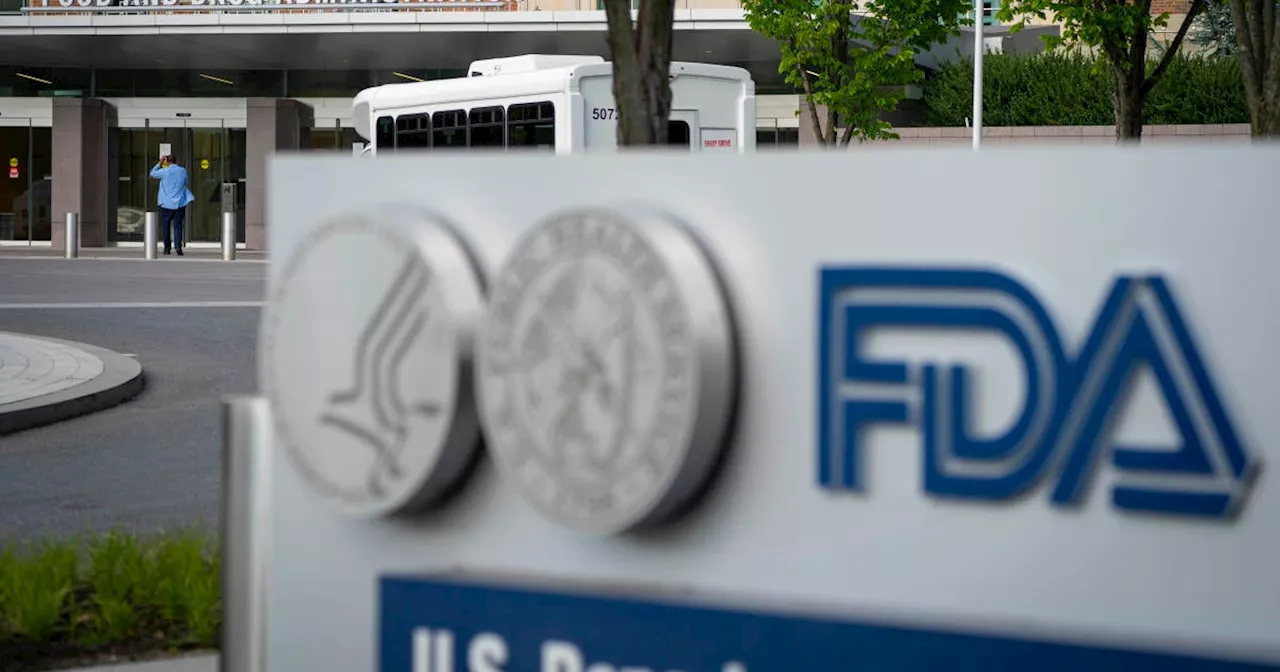 FDA Bans Artificial Food Dye Red 3 Over Cancer ConcernsThe Food and Drug Administration (FDA) has banned the artificial food dye Red 3 after studies suggested a link to cancer in rats. Companies have until 2027 to remove the dye from their products.
FDA Bans Artificial Food Dye Red 3 Over Cancer ConcernsThe Food and Drug Administration (FDA) has banned the artificial food dye Red 3 after studies suggested a link to cancer in rats. Companies have until 2027 to remove the dye from their products.
Read more »
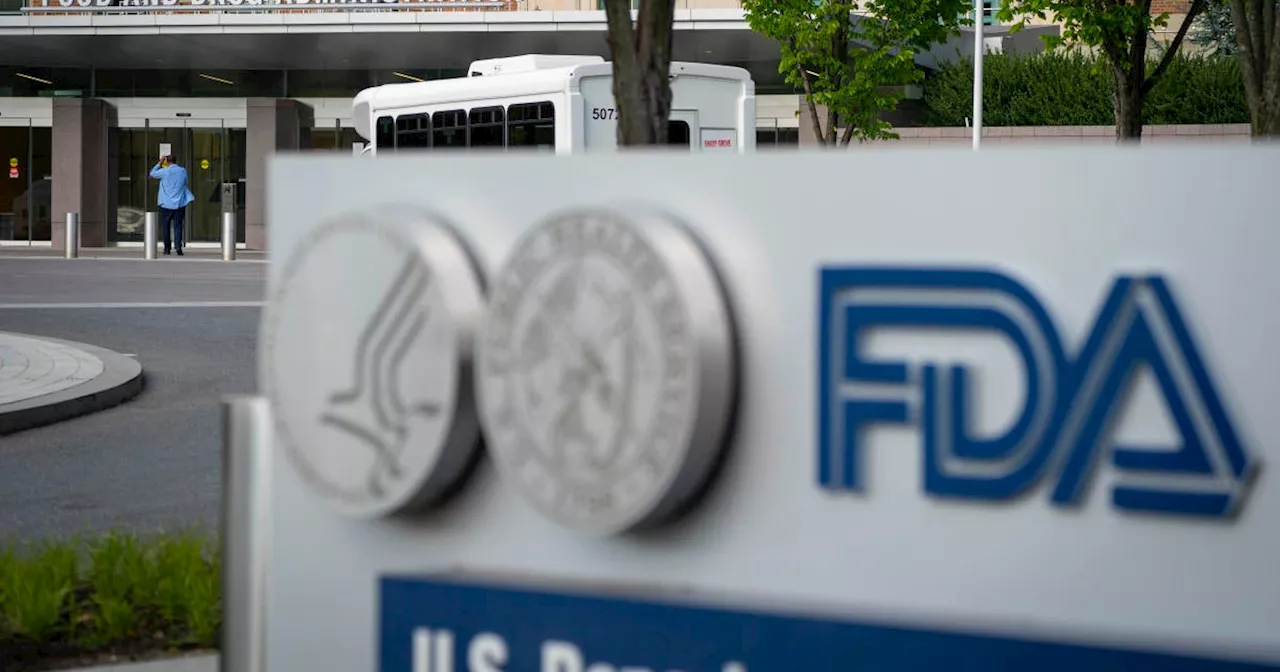 FDA Bans Red 3 Food Dye Over Cancer ConcernsThe Food and Drug Administration (FDA) has banned the artificial food dye Red 3 due to concerns it may cause cancer in rats. Food companies have until 2027 to stop using the dye, with drugmakers having an extra year. Many brands are already reformulating their products to comply with the new rule, while others are working to remove Red 3 from their recipes.
FDA Bans Red 3 Food Dye Over Cancer ConcernsThe Food and Drug Administration (FDA) has banned the artificial food dye Red 3 due to concerns it may cause cancer in rats. Food companies have until 2027 to stop using the dye, with drugmakers having an extra year. Many brands are already reformulating their products to comply with the new rule, while others are working to remove Red 3 from their recipes.
Read more »
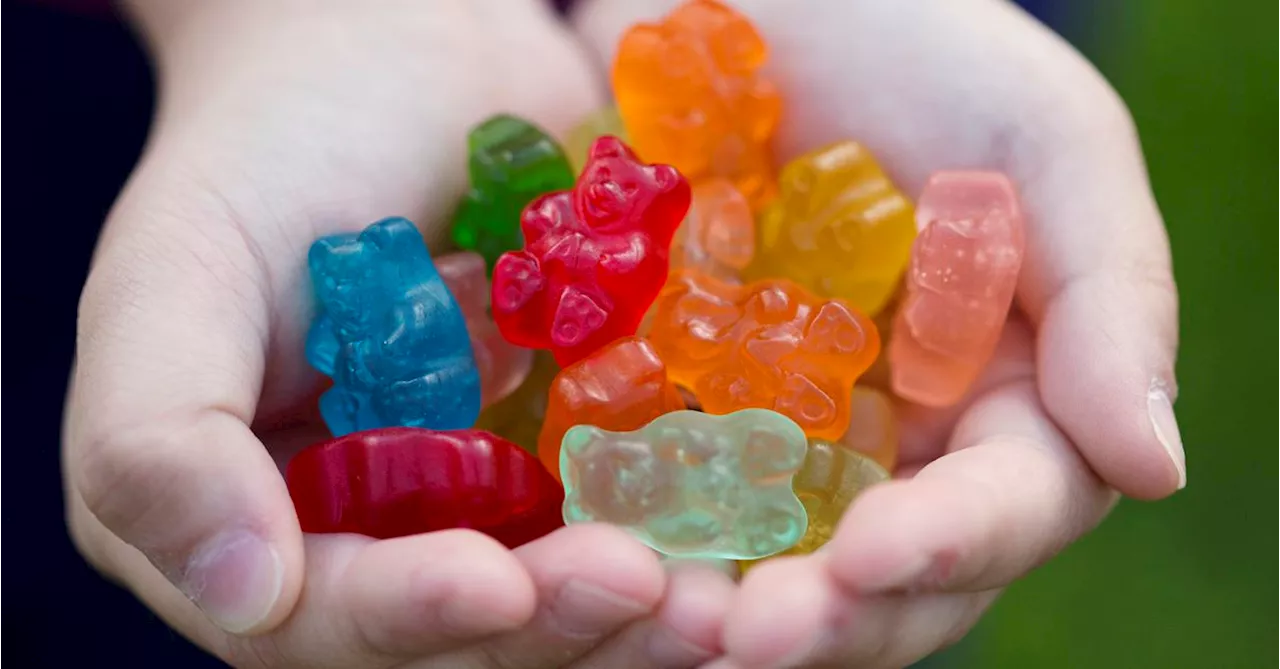 FDA Bans Red Dye No. 3 in Food, Drinks, and MedicationThe US Food and Drug Administration (FDA) is banning the use of Red Dye No. 3 in food, drinks, and medication due to its link to cancer in male rats. Manufacturers have until January 15th, 2027, to reformulate products without the dye, while drugmakers have until January 18th, 2028. This ban follows similar actions by California and other countries. While the FDA states that human studies haven't shown the same carcinogenic effects, consumers can check ingredient lists for Red Dye No. 3.
FDA Bans Red Dye No. 3 in Food, Drinks, and MedicationThe US Food and Drug Administration (FDA) is banning the use of Red Dye No. 3 in food, drinks, and medication due to its link to cancer in male rats. Manufacturers have until January 15th, 2027, to reformulate products without the dye, while drugmakers have until January 18th, 2028. This ban follows similar actions by California and other countries. While the FDA states that human studies haven't shown the same carcinogenic effects, consumers can check ingredient lists for Red Dye No. 3.
Read more »
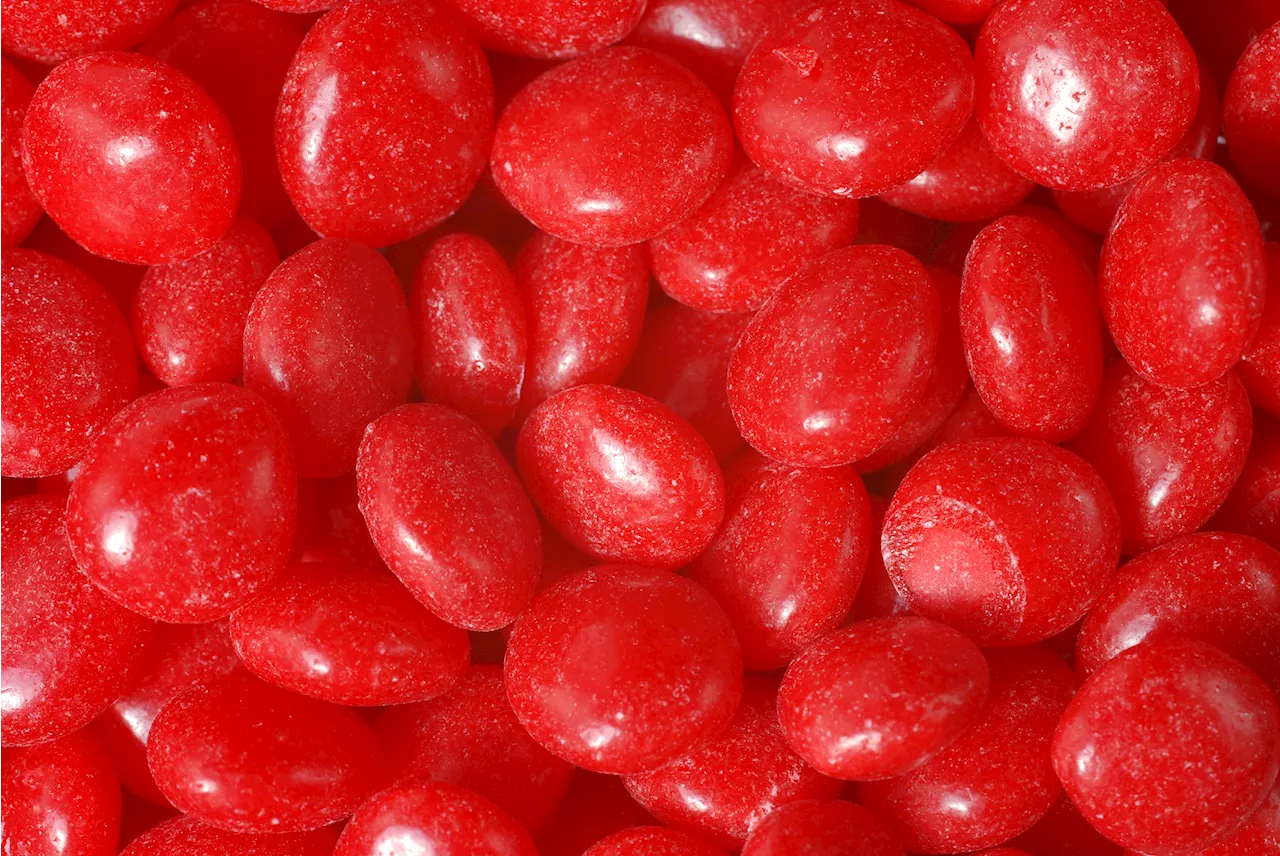 FDA Bans Red Dye No. 3 in Food Due to Cancer RiskThe Food and Drug Administration (FDA) has announced a ban on Red Dye No. 3, a synthetic food coloring used in candies, beverages, and some medicines. The decision comes after evidence linking the dye to cancer in animals. Food manufacturers have until January 15, 2027 to remove Red Dye No. 3 from their products, while drug manufacturers have until January 18, 2028. This follows years of advocacy by consumer groups and several states that had already banned the dye.
FDA Bans Red Dye No. 3 in Food Due to Cancer RiskThe Food and Drug Administration (FDA) has announced a ban on Red Dye No. 3, a synthetic food coloring used in candies, beverages, and some medicines. The decision comes after evidence linking the dye to cancer in animals. Food manufacturers have until January 15, 2027 to remove Red Dye No. 3 from their products, while drug manufacturers have until January 18, 2028. This follows years of advocacy by consumer groups and several states that had already banned the dye.
Read more »
